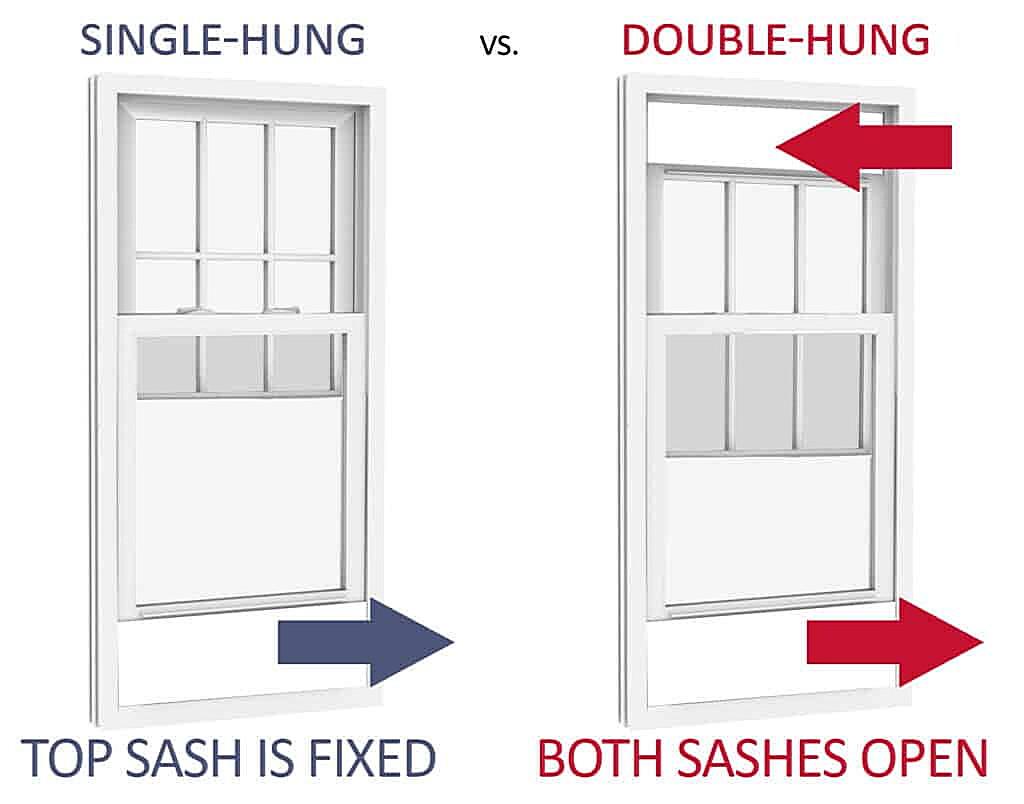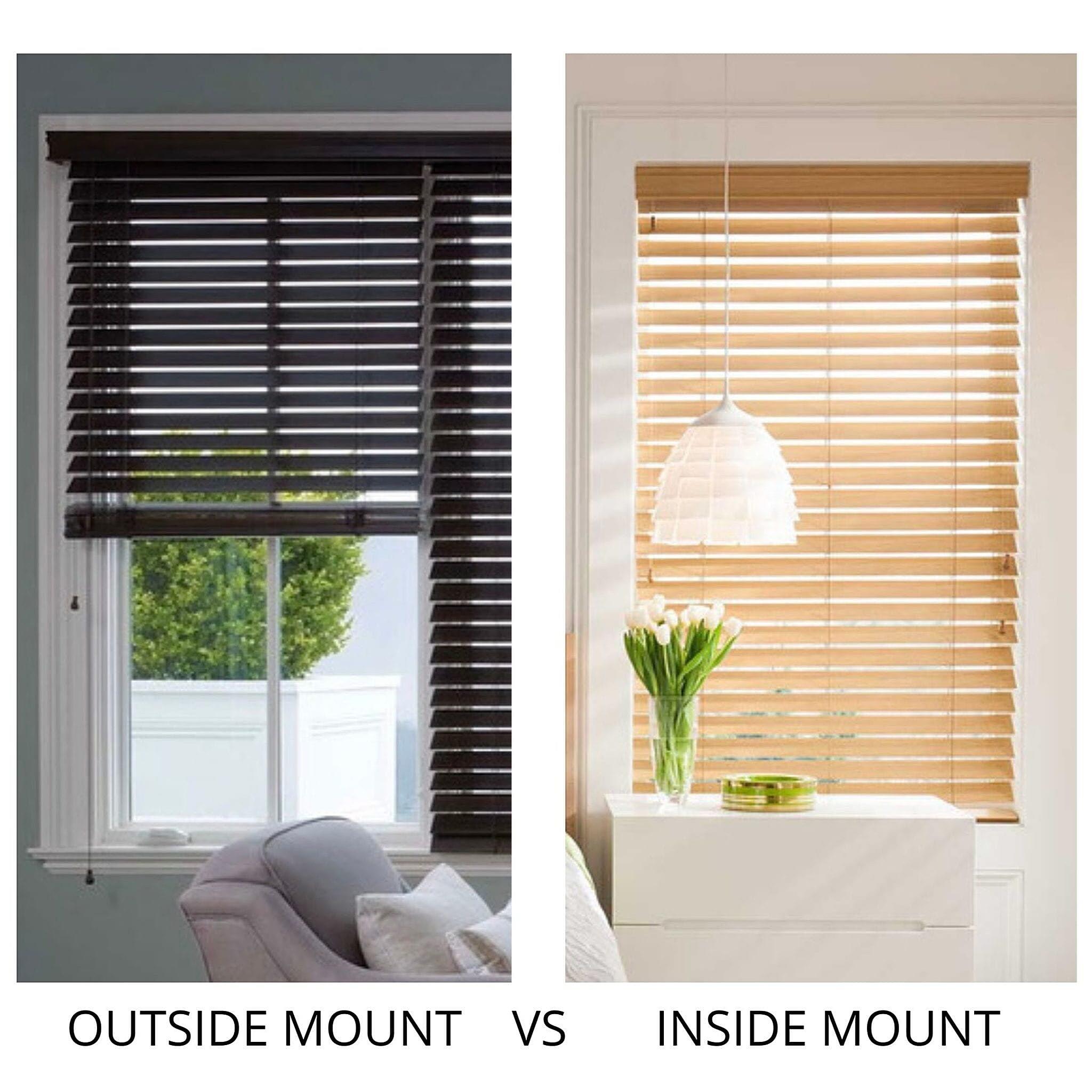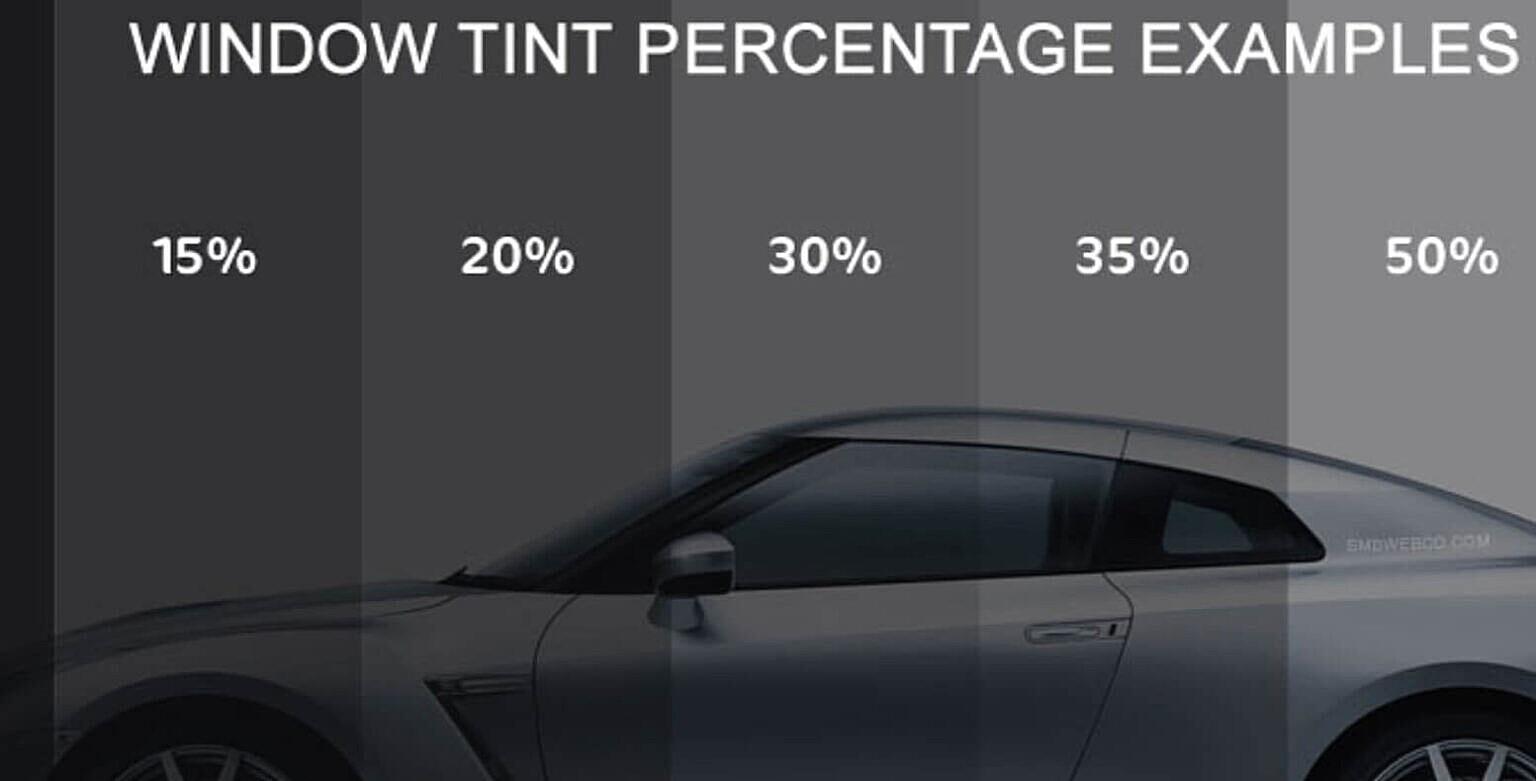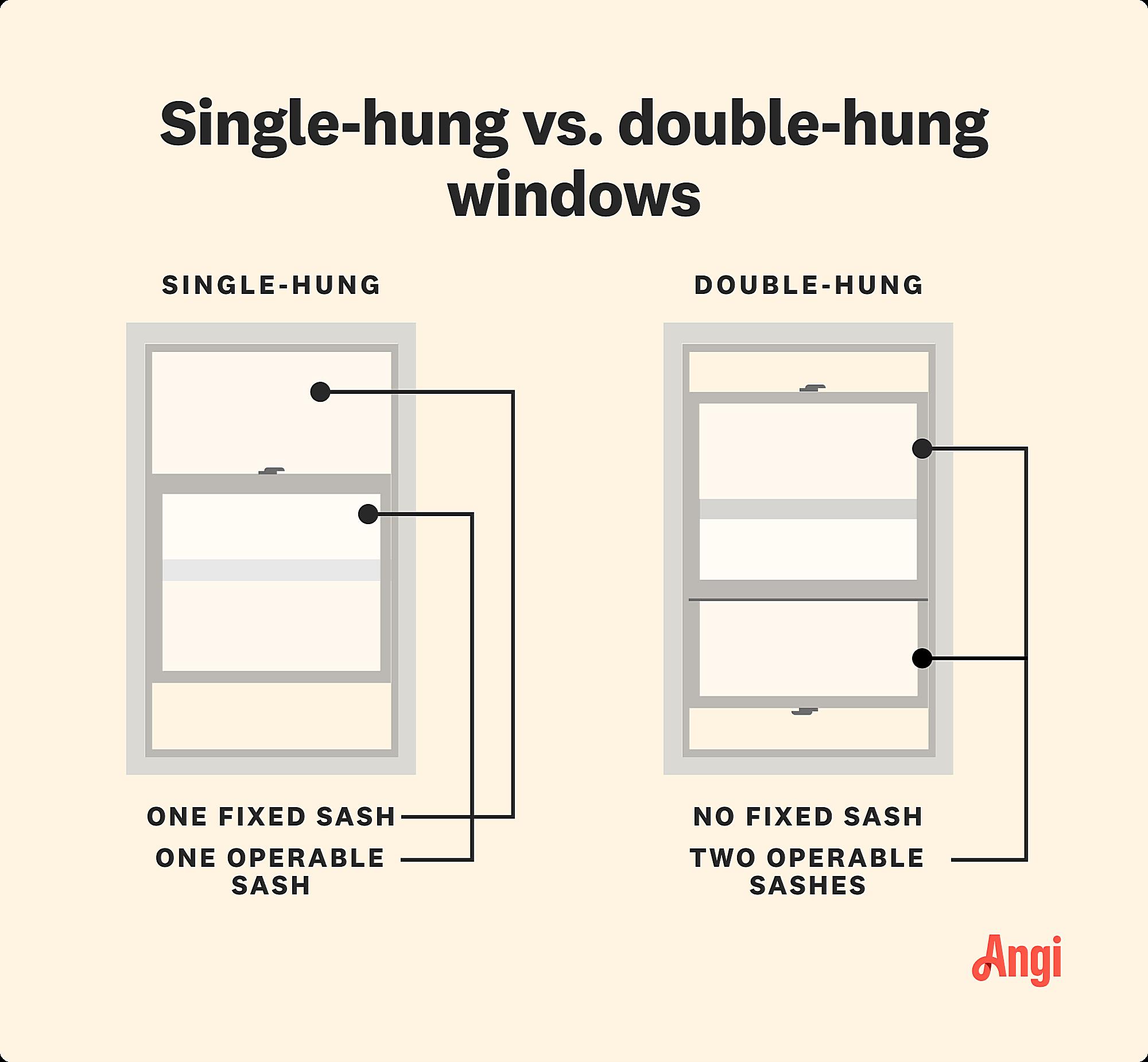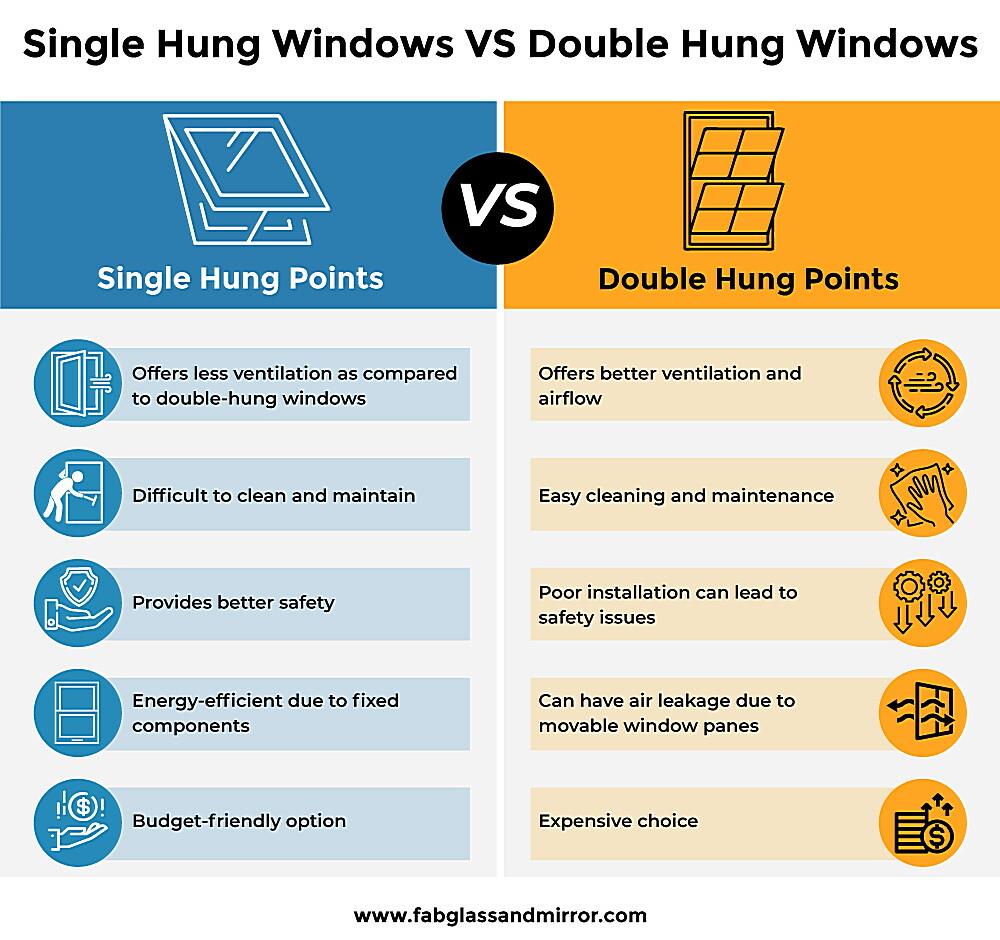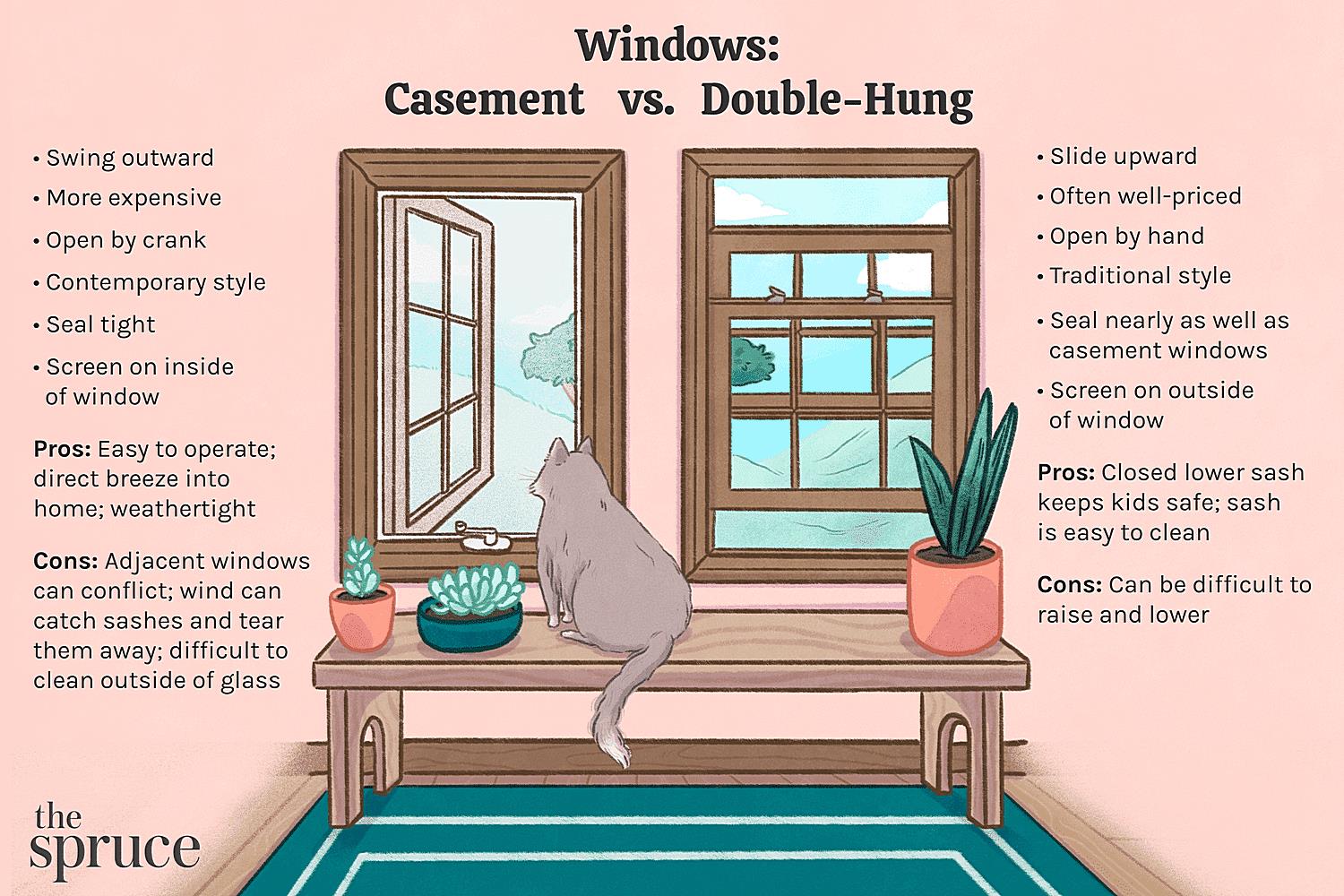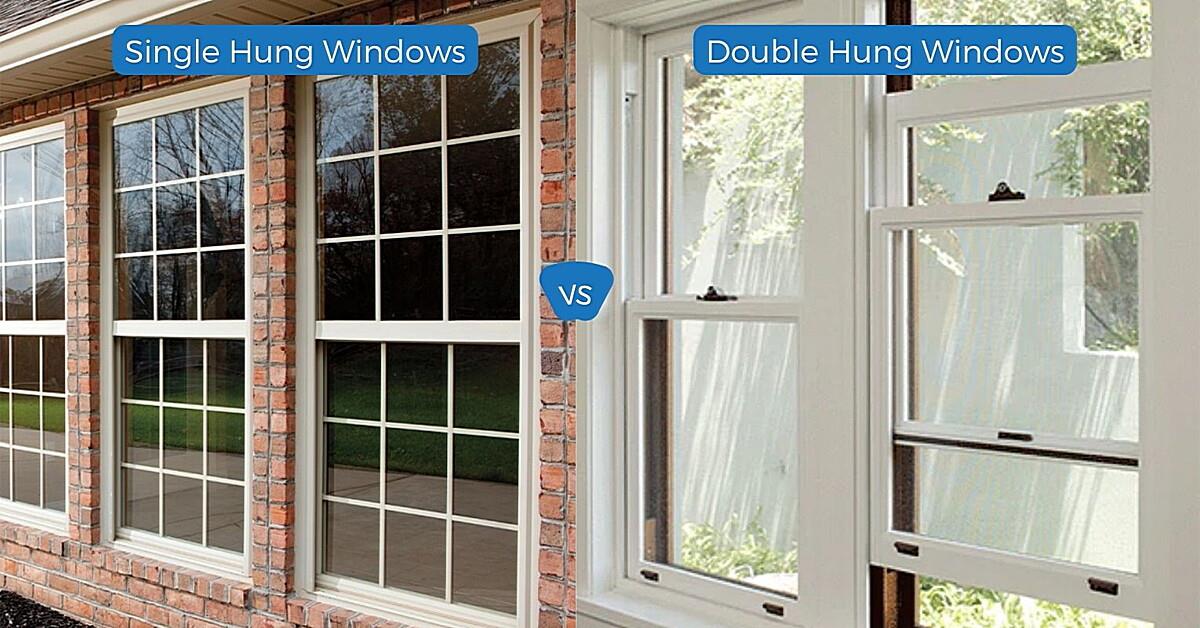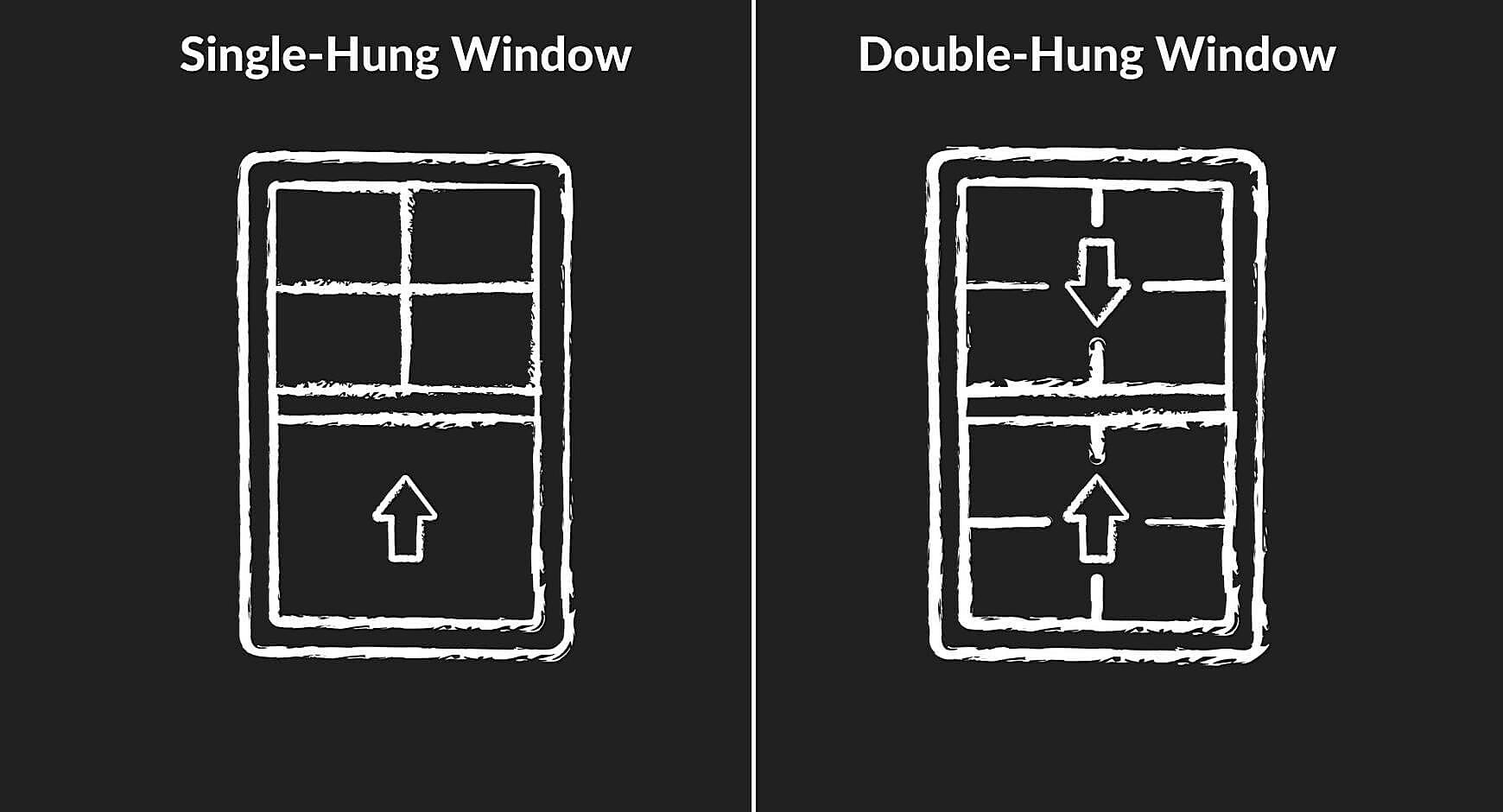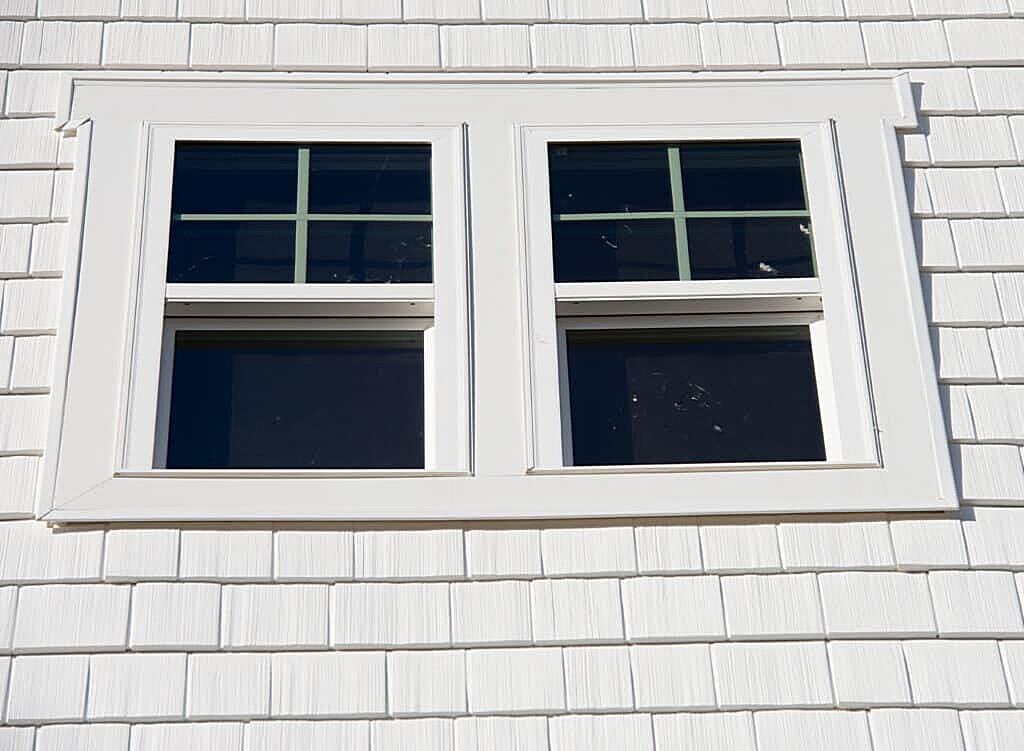Decoding Window Costs
1. Initial Price Point
Let’s dive straight in! When you’re staring down a home improvement project involving windows, the price tag is usually the first thing that grabs your attention. Generally speaking, single-hung windows tend to be a bit lighter on your wallet initially compared to their double-hung counterparts. Why is that? Well, it boils down to simplicity. Single-hung windows have a simpler design with fewer moving parts, which translates to lower manufacturing costs. Think of it like this: a basic burger is cheaper than a burger with all the bells and whistles.
But hold your horses before you rush out to buy a truckload of single-hung windows! The initial price is just one piece of the puzzle. There are other factors at play that can shift the overall cost in the long run, kind of like how that basic burger might leave you craving a milkshake and fries, adding to the total expense.
The price difference can also vary depending on the material you choose. Vinyl, wood, fiberglass — they all come with different price points. So, while single-hung windows might start cheaper, a high-end vinyl single-hung could very well cost more than a basic vinyl double-hung. It’s all about the specific combination.
Ultimately, a smart approach is to get quotes from multiple vendors, specifying the materials and features you’re looking for. Don’t be shy about asking for a breakdown of costs. Knowledge is power, especially when you’re making a significant investment in your home.
2. Installation Woes and Hidden Costs
Okay, so you’ve picked your windows — fantastic! But now comes the fun part: installation. And trust me, sometimes it’s not that fun. Generally, installation costs are similar for both single and double-hung windows, if the opening is already properly sized. But what if it isn’t?
If your existing window frames are a bit wonky (and let’s be honest, in older homes, they often are), you might need to factor in extra labor costs to get everything squared away (literally!). This could involve reframing, shimming, and other adjustments that can add to the final bill.
Another thing to consider is the complexity of the installation. If you’re dealing with hard-to-reach windows, like on a second story or in a tight corner, the installation might be more expensive regardless of whether you choose single or double-hung. Safety precautions and specialized equipment could be required, driving up the cost.
And let’s not forget about permits! Depending on your location and the scope of the project, you might need to obtain permits before you can even start. Permit fees can vary widely, so it’s worth checking with your local authorities to see what’s required. Ignoring permit requirements could result in fines or delays down the road, which is definitely something you want to avoid.
3. Energy Efficiency
Here’s where things get interesting! While single-hung windows might win the initial cost battle, double-hung windows often come out on top when it comes to energy efficiency. Why? Because double-hung windows typically offer better ventilation options, potentially reducing your reliance on air conditioning during those sweltering summer months.
The ability to open both the top and bottom sashes of a double-hung window allows for better airflow. Hot air rises and escapes through the top opening, while cooler air enters through the bottom, creating a natural convection current. Single-hung windows, on the other hand, only open from the bottom, limiting their ventilation capabilities.
Energy efficiency is also impacted by the quality of the window’s construction and the type of glass used. Features like low-E coatings, argon gas fills, and multiple panes can significantly improve a window’s insulating properties, reducing heat transfer and saving you money on your energy bills. Look for windows that are ENERGY STAR certified to ensure they meet certain energy efficiency standards.
Now, let’s be clear: a well-insulated single-hung window can still be energy-efficient. But, generally speaking, double-hung windows offer a bit more flexibility in terms of ventilation, which can translate to long-term cost savings. It’s like choosing between a car with good gas mileage and one with amazing gas mileage. Both will get you where you need to go, but one will cost you less at the pump.
4. Maintenance and Lifespan
Alright, let’s talk about maintenance. Nobody loves cleaning windows, but it’s a necessary evil if you want to keep your home looking its best. Double-hung windows have a definite advantage here because they often feature tilt-in sashes, which make cleaning from the inside a breeze. You don’t have to climb a ladder or contort yourself into awkward positions to reach the outside of the window. Trust me, your back will thank you.
Single-hung windows, on the other hand, can be a bit more challenging to clean, especially if you have multiple stories. You might need to invest in a window cleaning kit with an extension pole or hire a professional window cleaner. These costs can add up over time, so it’s something to consider.
As for lifespan, both single and double-hung windows can last for many years if they’re properly maintained. However, the quality of the materials and the craftsmanship play a significant role. A poorly made window, regardless of whether it’s single or double-hung, is likely to require more repairs and replacements over its lifespan.
Consider the long-term investment. Spending a bit more upfront on higher-quality windows can save you money in the long run by reducing maintenance costs, improving energy efficiency, and extending the lifespan of your windows. It’s like buying a good pair of shoes: they might cost more initially, but they’ll last longer and be more comfortable than a cheap pair that falls apart after a few months.
5. Aesthetics and Functionality
Beyond the practical considerations of cost and maintenance, aesthetics and functionality play a crucial role in choosing between single and double-hung windows. Consider the overall style of your home. Single-hung windows often have a more traditional look, while double-hung windows can be adapted to suit a wider range of architectural styles.
Think about the functionality you need. Do you prioritize ventilation? Do you have small children or pets? Double-hung windows offer more control over airflow and can be locked in a partially open position to prevent falls. Single-hung windows, with their limited opening range, might not be the best choice in certain situations.
Ultimately, the best choice depends on your individual needs and preferences. There’s no one-size-fits-all answer. Consider your budget, your home’s style, your energy efficiency goals, and your maintenance preferences. Weigh the pros and cons of each type of window and choose the option that best meets your requirements.
And don’t be afraid to get a little creative! You can mix and match single and double-hung windows throughout your home to achieve the desired look and functionality. For example, you might choose double-hung windows for bedrooms and living areas where ventilation is important, and single-hung windows for less frequently used spaces like basements or garages.
